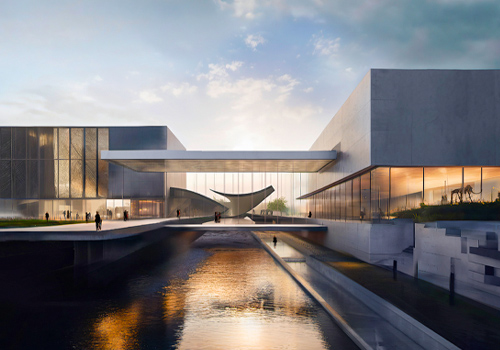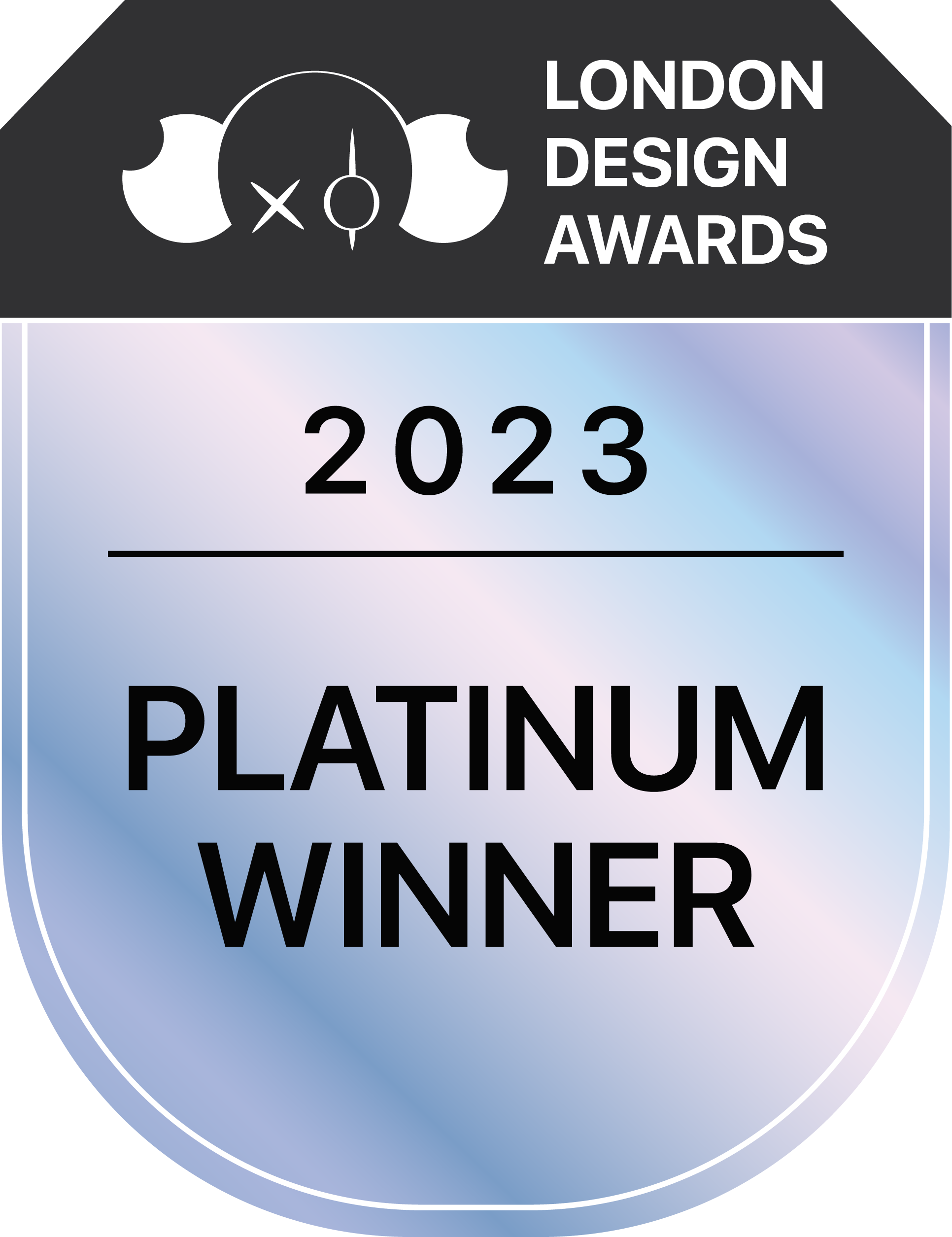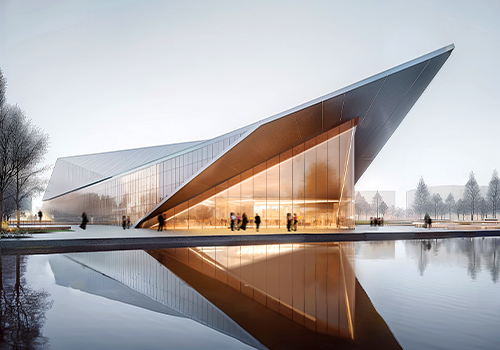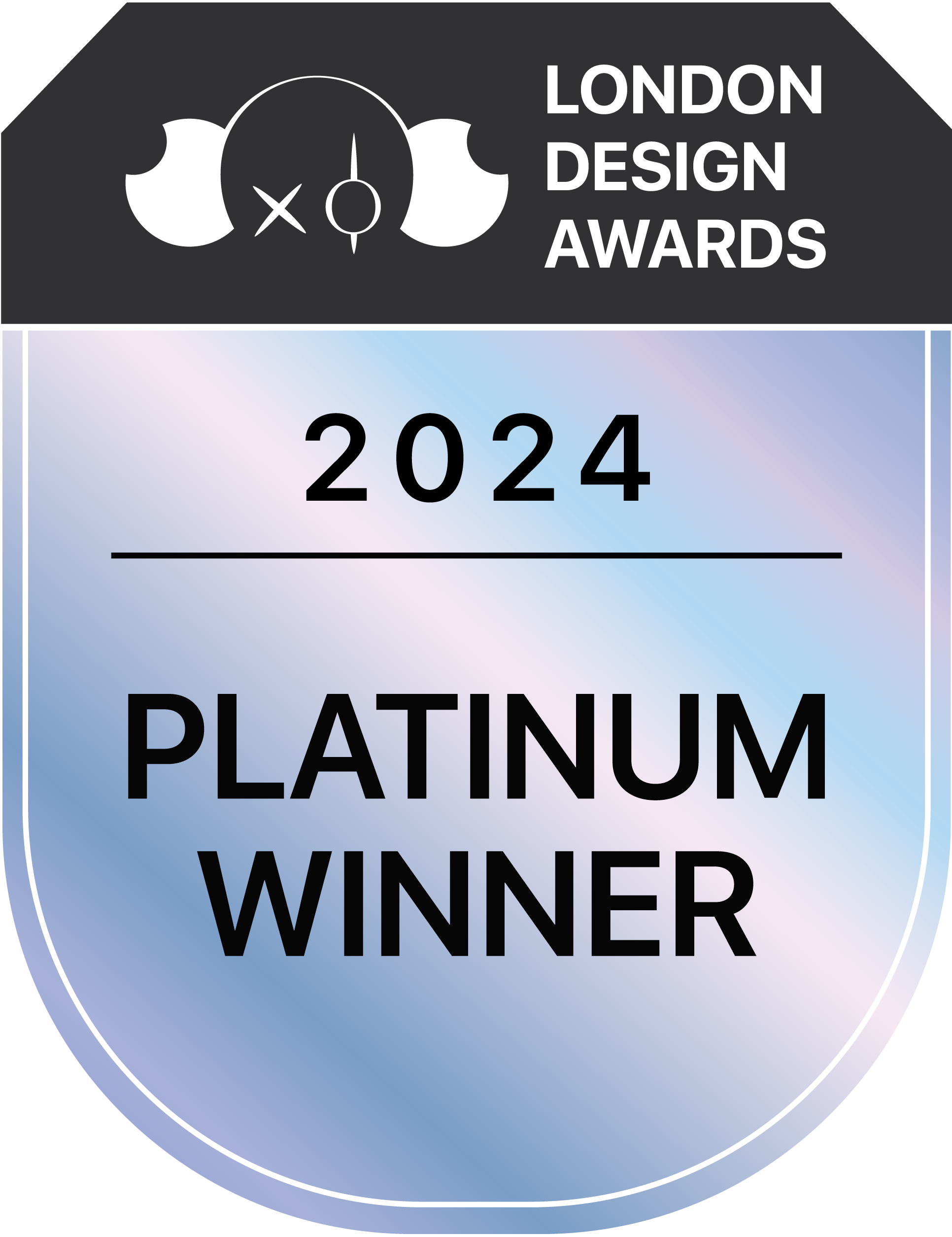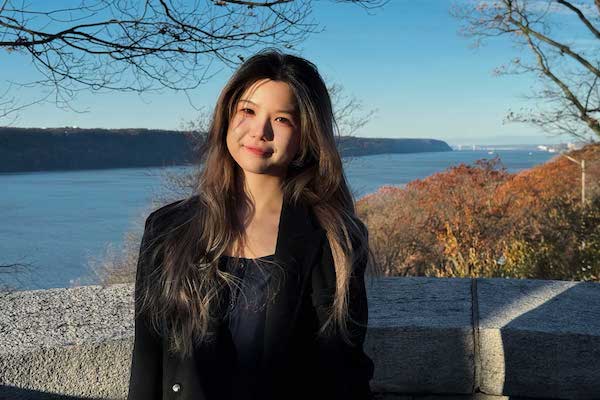
Xuechen Chen
1. Please give us a brief bio of yourself and your design background.
Hi, I'm Xuechen Chen, an architect and visual artist based on Newyork. I was born in China and earned my B. ARCH degree from Pratt Institute, where I developed a strong foundation in technical skills and spatial design. Following that, I pursued an M. Design degree at the University of Pennsylvania, delving into the theoretical and conceptual aspects of design. My background has significantly influenced my perspective, fostering a deep appreciation for the cultural and social dimensions of architecture. Drawing inspiration from diverse urban environments, I am particularly intrigued by urban relationships and the nuanced experiences within a bustling cityscape. This multidimensional background is the cornerstone of my design inspiration, seamlessly blending technical expertise with a heartfelt commitment to cultural richness, social impact, and the intricate dynamics of city life.
2. What made you become/why did you choose to become a designer/artist?
Choosing to become an architect and designer was a natural decision for me, fueled by my fascination with art and the transformative architectural shifts in China when I was growing up. Inspired by the meaningful stories woven into the built environment, I recognized the power of creativity to extend beyond aesthetics. Seeing architecture and craft as interconnected, I believe they can shape experiences and enrich the cultural fabric of our surroundings. Emphasizing the value of craft and functionality in my designs, I aim to blend creativity with practicality, reflecting both the evolving urban relationship and my dedication to purposeful design.
3. Tell us more about your agency/company, job profile, and what you do.
Currently, I am an architect designer at Kohn Pedersen Fox (KPF), a renowned architectural firm, where my focus has been on diverse projects, particularly in the realm of mixed-use and high-rise developments. This experience has significantly enhanced my understanding of the nuanced relationships between architecture and urban contexts.
Additionally, I recently started my personal studio, X.C Studio, where we specialize in civic and culture projects. This venture allows me to channel my passion for architecture into a more personalized and specialized approach, focusing on projects that contribute to the civic and cultural fabric of our communities. This new endeavor represents a meaningful step in my career, enabling me to bring a distinctive vision to the forefront of architectural design.
4. What does “design” mean to you?
To me, "design" is a purposeful blend of creativity and functionality, aimed at shaping meaningful experiences and environments. It's about solving problems, evoking emotions, and translating cultural narratives into tangible forms. Design, at its core, is a dynamic language with the power to influence and inspire positive change.
5. What’s your favorite kind of design and why?
My favorite kind of design revolves around incorporating cultural and social reflections. I am drawn to designs that prioritize people's interactions and experiences, fostering an approachable atmosphere. In our design process, extensive research and analysis are dedicated to ensuring that every aspect, including circulation and interactions, aligns with users' needs while maintaining high aesthetic standards.
6. To you, what makes a “good” design?
I believe that good design prompts reflection on the intricate relationships between people and products, products and space, and space and the city. This interconnected chain forms a continuous influence, profoundly shaping various aspects of our lives. I believe a good design should be characterized by its intuitive and user-friendly nature, elevating the overall experience. It should demonstrate a profound understanding of cultural and social nuances, fostering inclusivity and connection. Additionally, I believe a successful design is measured by its capacity to evoke emotions, inspire contemplation, and positively shape how people interact with and perceive the world around them.
7. How did you come up with the idea for your award-winning design?
The design for the Museum of Uncertainty at La Brea Tar Pits was inspired by a deep appreciation for the site's rich history. The vision aimed to preserve and enhance this unique location, transforming it into an ever-evolving center for discovery. Blending modern architecture with prehistoric elements, the museum offers an immersive experience where the tar itself becomes a showcase for fossils and an active excavation site. The primary goal is to engage visitors in a journey of exploration and enlightenment, bridging the past with the present. The Museum of Uncertainty serves as a sanctuary of fascination, connecting all who enter with the captivating stories hidden beneath the tar.
8. What was your main source of inspiration for this design?
The primary inspiration for the Museum of Uncertainty at La Brea Tar Pits was drawn from the rich history of the site and a dedication to providing an immersive educational experience. Focusing on the geological and paleontological significance of the location, the design aimed to seamlessly blend modern architecture with prehistoric elements. The vision centered on actively engaging visitors in a journey of exploration and enlightenment, transforming the tar into a dynamic showcase for fossils and an active excavation site. The goal was to create a space that not only preserves the history of La Brea Tar Pits but also invites visitors to connect with it in a meaningful and educational way, bridging the past with the present.
9. Do you think your country and its cultural heritage has an impact on your design process?
Certainly, my international background has greatly influenced my design process, fostering a profound appreciation and respect for the history and cultural connections that shape our world. Specifically, my Chinese heritage, rooted in philosophies that emphasize harmony with nature and the pursuit of balance, has been instrumental. This perspective guides my approach, promoting designs that not only serve functional needs but also harmonize with the cultural and environmental context.
10. Congratulations! As the winner of the London Design Awards, what does it mean to you and your company and team to receive this award distinction?
Receiving the London Design Awards is a deeply personal achievement and a source of immense pride for both myself and the project. It's not just a recognition of the hard work; it's a validation of the my passion to the design. This honor serves as a personal motivation for me to continue exploring. It's a reminder that and encourages me to infuse even more effort into the future projects.
11. Can you explain a bit about the winning work you entered into the London Design Awards, and why you chose to enter this project?
The Museum of Uncertainty at La Brea Tar Pit is a deeply personal endeavor reflecting my unique perspective on museums and architecture. This project blends modern architecture with prehistoric elements, emphasizing the interplay between tradition and modernity, the old and the new, and the harmony between nature and artificial elements. The museum offers an immersive experience where the tar itself becomes a showcase for fossils and an active excavation site.
The decision for this project to enter the London Design Awards was driven by its significance as a personal endeavor that envisions my unique perspective on design. In the project, the museum serves as a harmonious fusion of contrasting elements, embodying my belief in the coexistence of tradition and modern innovation, where each element complements and enriches the other.
12. What were the main challenges you faced during the design process, and how did you overcome them?
The main challenges in the design process centered around integrating diverse materials and crafts seamlessly. Balancing the modern architectural elements with prehistoric components, such as showcasing fossils within the tar, required meticulous planning and collaboration. Ensuring the structural integrity while incorporating interactive and educational elements posed additional complexities. To overcome these challenges, I conducted significant research and consultations, adopting a multidisciplinary approach that involved collaboration in materials engineering, preservation, and interactive design.
13. How do you think winning this award will impact your future as a designer?
Winning this award is not only a valuable recognition of my design efforts but also a powerful source of self-motivation. This acknowledgment definitely encourages me to push more creative boundaries, and strive for excellence in future projects. Professionally, it enhances credibility, hopefully opening doors to exciting opportunities and collaborations. Overall, this achievement fuels my passion for design, and I look forward to making a lasting impact on the evolving landscape of architecture and creativity.
14. What are your top three (3) favorite things about the design industry?
Creativity, Diverse Challenges, and User-centered approach
15. What sets your design apart from others in the same category?
I believe the emphasis on a caring-centered approach, considering both human needs and cultural contexts, distinguishes my work. The incorporation of interactive and educational elements, combined with extensive research and consultations, ensures that the design not only stands out aesthetically but also functionally.
16. Where do you see the evolution of design industry going over the next 5-10 years?
I believe a transformative evolution in the design industry through the integration of advanced technologies like AI, VR, and AR. These innovations will revolutionize design processes, including analysis, research, rendering, and model making. However, this shift doesn't diminish the significance of traditional craftsmanship; rather, it opens new dimensions for designers to seamlessly blend artistry into the transitions between virtual and physical spaces. As designers take on the role of technology orchestrators, I am very eager to learn and expand my knowledge on that area.
17. What advice do you have for aspiring designers who want to create award-winning designs?
Find the fresh eye and always embrace the challenges.
18. What resources would you recommend to someone who wants to improve their skills in the design industry?
In the architecture design industry, practical experience is crucial; therefore, I recommend actively working on real projects to gain hands-on knowledge and hone architectural and design expertise. Additionally, studying influential design books and participating in design communities for networking and feedback can provide valuable insights and continuous learning opportunities.
19. Tell us something you have never told anyone else.
One aspect I haven't widely shared is my role as a visual artist in my personal life. I see my artwork serves as an extension of my architectural process, offering a creative outlet free from practical constraints, allowing me to express and explore ideas beyond the limits of traditional design.
20. Who has inspired you in your life and why?
In my life, I've been profoundly inspired by various artists and architects, including Chiharu Shiota, Zaha Hadid, Santiago Calatrava, Carlo Scarpa, and many others. They serve as my foundational inspiration, instilling in me the confidence to reimagine architecture, art, and philosophy in a unique and interconnected manner. For me, these realms are never separate topics but deeply connected and intertranslatable, shaping my perspective and approach to creative expression.
21. What is your key to success? Any parting words of wisdom?
stay curious, and always view challenges not as roadblocks but as stepping stones toward your creative aspirations.
22. Do you have anything else you would like to add to the interview?
N/A
